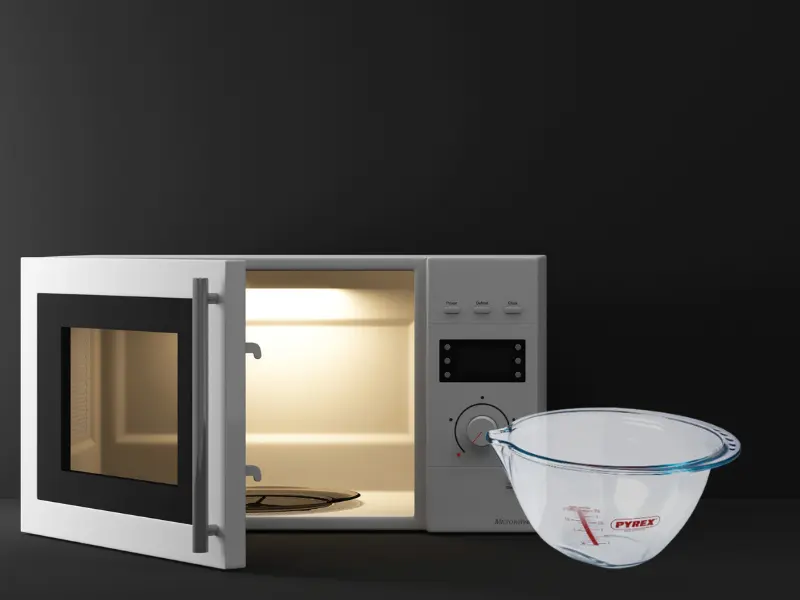Are you hesitating to put your favorite Pyrex container into your trusty microwave, wondering if it’s safe?
Pyrex is microwave safe because its borosilicate glass composition can withstand high temperatures, making it resistant to thermal shock. To ensure safety, check the microwave-safe symbol or label on your Pyrex container or visit the manufacturer’s website for details about the dish.
In this article, we’ll explain “Is Pyrex microwave safe” and how long you can heat it. We’ll also explore whether you can put the Pyrex lid in the microwave and the dos and don’ts of using these containers for reheating the food.
Is It Safe To Put Pyrex In The Microwave?
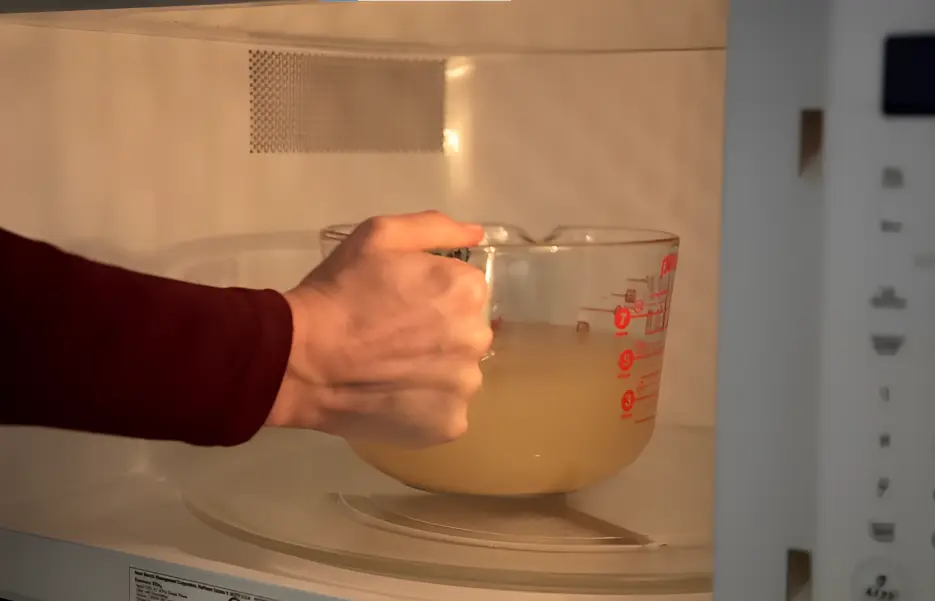
Pyrex glassware is safe to use in a microwave due to its borosilicate glass composition. This type of glass can withstand extreme temperatures without breaking or shattering, making it more resistant to thermal shock.
Moreover, Pyrex is non-porous and does not contain BPA or plastic material, ensuring no harmful material leeches into your food when heated in the microwave.
These containers also do not absorb any food odor or flavor while microwaving, meaning you can heat any kind of meal in it without worrying about unwanted taste or smell transferring to the dish.
Do You Microwave Pyrex With Lid?
Pyrex glass lids are made with the same material as the containers, so they are safe to use in the microwave. Furthermore, plastic lids are also microwavable and BPA-free, but they are not as heat resistant as glass and can melt quickly at extreme temperatures.
However, the official Pyrex website advises not to use the Pyrex lids, whether glass or plastic, in conventional or convection ovens unless specifically stated on the package. So, make sure to read the product manual before microwaving the lid.
How Long To Microwave Pyrex?
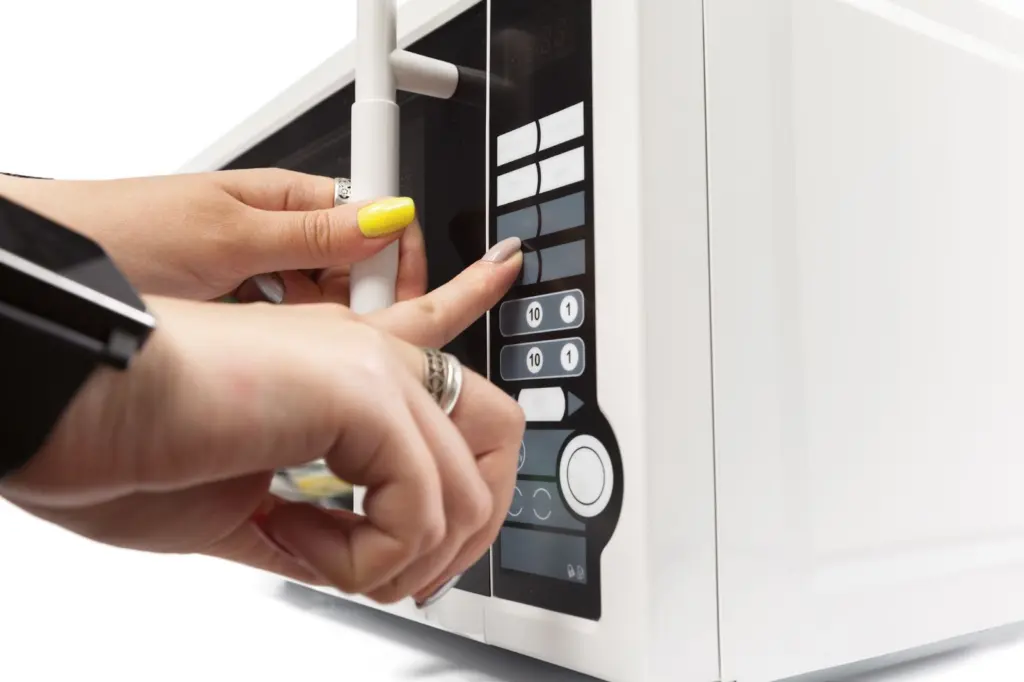
When microwaving Pyrex, the time depends on the following:
- Type of food you are reheating.
- Shape and size of your container.
- Wattage power of your microwave.
Typically, you can microwave your Pyrex dish for 1-2 minutes on 50% or 600W power for even reheating. If the container size is large or the food is dense, you can increase the time as required.
However, follow the manufacturer’s guidelines to prevent any unexpected issues and avoid sudden temperature changes. For this, allow the Pyrex to adjust gradually to heat by preheating the oven or initially using low temperatures in the microwave or oven.
INFO: Pyrex glassware usually undergoes extensive testing for up to 1000 hours before being sent for sale.
What Are The Dos And Don’ts Of Using Pyrex In A Microwave?
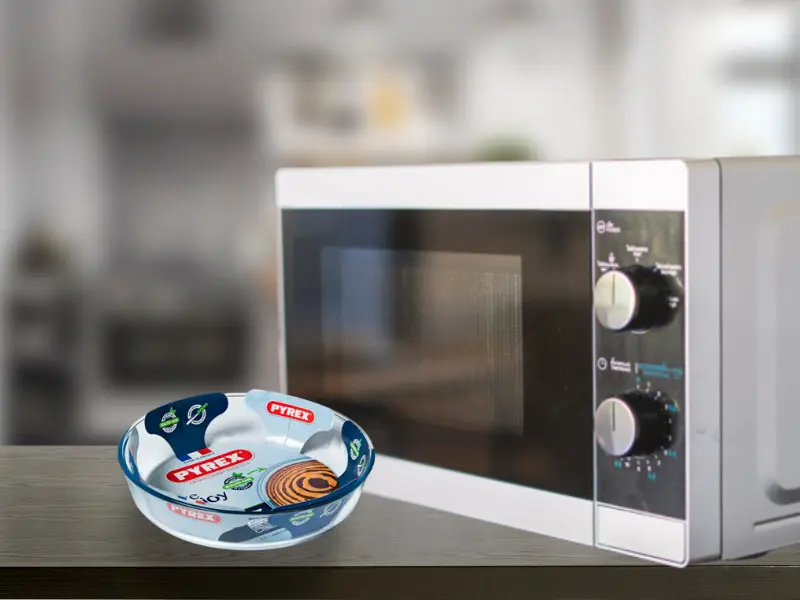
Pyrex cookware is usually microwave-safe and can withstand temperature changes. However, you should strictly follow the manufacturer’s guidelines to optimize the safety of the dishes, and do not use cold Pyrex in a high-heat microwave to prevent any damage to your container.
Here are some essential dos and don’ts you need to follow to avert the dishes from shattering or cracking while microwaving:
The Dos of Microwaving Pyrex
- Check the Microwave-safe label on the Pyrex dish prior to putting it in the microwave.
- After removing your Pyrex glassware from the freezer, defrost it before preheating the food in the microwave.
- Let the Pyrex dish cool down before placing it in the fridge or freezer.
- Read the manufacturer’s instructions before microwaving Pyrex glassware to ensure its safety.
- Use a paper towel to remove moisture or condensation on the Pyrex container, measuring cup, or lid before putting it in the microwave.
- Check the Pyrex glassware or lids for cracks, damage, or scratches.
- Microwave the Pyrex dish for short intervals.
The Don’ts of Microwaving Pyrex
- Do not put a hot Pyrex dish on a cold surface.
- Never microwave dry food with no water in the Pyrex container.
- Do not use cold Pyrex in a high-heat microwave or pour hot liquid into a cold measuring cup.
- Avoid making pop-corns in the Pyrex dish or microwaving oil in it.
- Don’t overheat or overcook your food in the microwave using Pyrex dishes.
Pros and Cons Of Microwaving Pyrex?
Below are some pros and cons of microwaving Pyrex to help you decide whether to go for it or not.
How Do I Know If My Pyrex Is Microwave Safe?
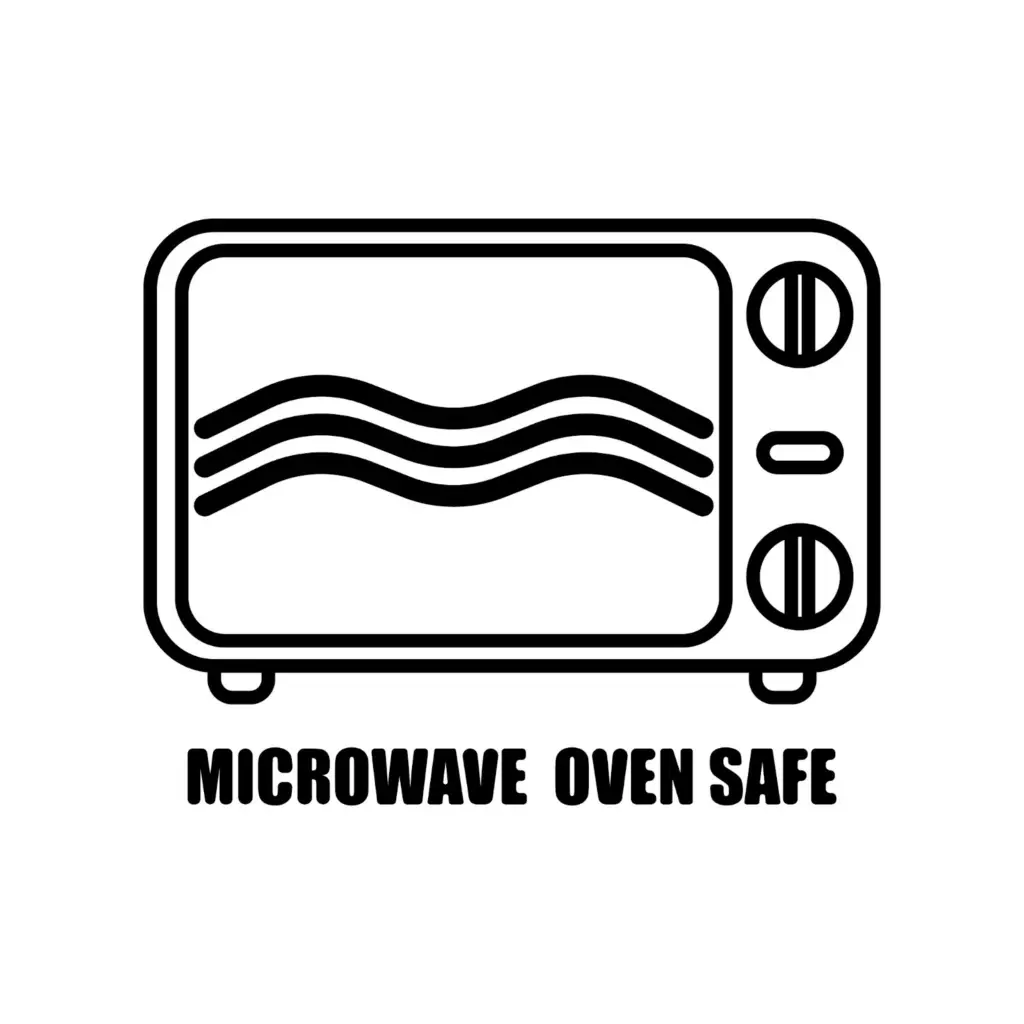
To know if your Pyrex dish is microwave safe, check its bottom for a microwave-safe symbol or label. You can also check the Pyrex manufacturer’s website to determine if your glassware is microwavable.
If you cannot find the label or details on the website, you can perform the microwave-safe test on the Pyrex container with these steps:
- Pour water into your Pyrex container or dish, and leave some space to prevent overflow.
- Now, put Pyrex in the microwave for one minute.
- Remove the container from the microwave using a towel or oven mitts.
- If the Pyrex container or dish is convenient to the touch and the water is hot, it is microwave safe.
NOTE: Some older Pyrex dishes made earlier than 1998 might contain lead. Therefore, double-check the symbol on them before microwave exposure.
Why Does Pyrex Glass Not Break On Heating?
Pyrex glass has a very low coefficient (∼5 × 10−6/ °C at 20 °C) of thermal expansion due to its borosilicate composition, meaning it does not expand much when heated. As a result, it is less likely to break or shatter when exposed to high temperatures in the microwave.
What Is The Difference Between PYREX and Pyrex?
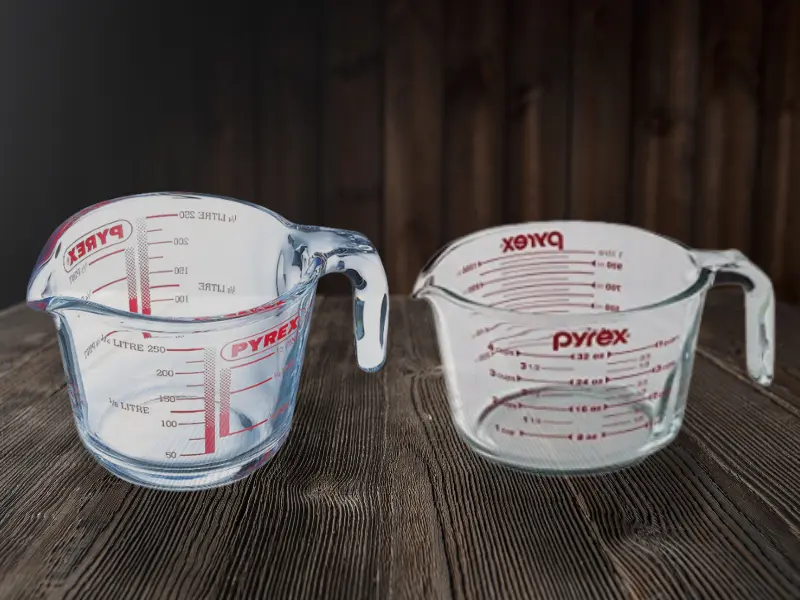
The main difference between PYREX and Pyrex is the type of glass used to make these cookware and bakeware.
The uppercase PYREX® indicates that the product is from France. This glass is usually made of borosilicate, which means it is infused with boron trioxide. Unlike regular tempered glass, this one is microwave safe and highly resistant to extreme temperatures.
On the flip side, if your Pyrex has a logo in lowercase, it shows the cookware or bakeware is made in America or China from soda lime glass which is prone to crack and damage when you put it in the microwave.
Therefore, check the label or manufacturer’s website before purchasing to ensure your Pyrex dish is made with borosilicate.
Conclusion
In this article, we’ve discussed “Is Pyrex microwave safe” in detail along with the dos and dont’s and pros and cons of microwaving it. We’ve also explored the differences between PYREX and Pyrex to help you choose the right cookware or bakeware while purchasing.
Hopefully, this detailed article has answered all your queries, and you can now safely know whether to use or not to use your Pyrex glassware in the microwave.
FAQs
At What Temp Will Pyrex Break?
French Pyrex glass is usually safe in the oven up to 572 °F, while American Pyrex can withstand 420 °F temperature. But both can break or shatter if exposed to thermal shock or sudden temperature changes after overheating, such as going from the oven to the freezer.
Also, avoid placing it directly under the boiler or stovetop for cooking your food because direct heat can also cause it to break.
What Is The Melting Point Of Pyrex Lid?
The melting point of American Pyrex glass lids is 1,510 °F, or 820 °C and French PYREX is 2552 and 2912°F (1400 and 1600°C), which is much higher than the temperature of conventional ovens.
On the other hand, the melting point of most Pyrex plastic lids is around 160 °C. So, check the microwave-safe symbol on plastic lids before placing them in a microwave.
Is Any Pyrex Oven Safe?
Any Pyrex cookware or bakeware is oven safe up to 425 °F or 572 °F, depending on whether you use the soda glass or borosilicate dish. To be on the safe side, preheat the oven before placing the Pyrex glassware inside.
Can You Put Hot Oil In Pyrex?
You should avoid putting hot oil in Pyrex glassware because sudden temperature changes can cause thermal shock. Due to this, the glassware can easily break or shatter into pieces.
Why Is Vintage Pyrex So Valuable?
Vintages Pyrex is valuable due to its rich history dating back to 1915, the high demand among collectors because of the nostalgia attached to it, and its rarity in the market. The most valuable Pyrex pieces are the nesting bowls in four sets with different colors and prints. The more complete and unique the set, the more valuable it becomes
Vintage Pyrex is especially valuable if it has a unique color or pattern, such as turquoise diamonds, snowflakes, or gold/pink hearts. Since these patterns were produced in limited quantities or for a short time, they are hard to find in the market and highly sought after by collectors.
How Can You Tell If Pyrex Is Vintage?
To check if your Pyrex is vintage, look for a stamp on the bottom with specific markings. For example, check for “Pyrex” in capital letters inside a circle, along with “CG” representing Corning Glassworks. Some early stamps may also include a glassblower figure.
The color and pattern of the Pyrex piece are also crucial factors in identification. You can compare your set or dish to a list of Pyrex colors and patterns online to determine the era and rarity. For instance, if the dish is black or blue with a white snowflake pattern, it was likely made between the 1950s and 1960s.

